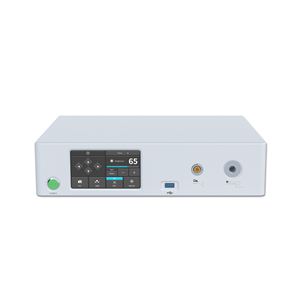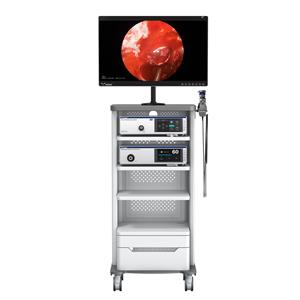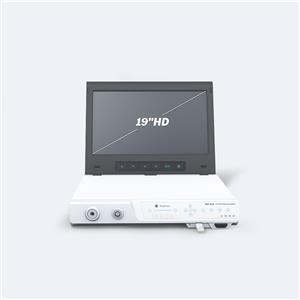Industrial Endoscope Series: Fiber Endoscope
Industrial endoscopes are divided into three series of products, the first category: rigid endoscope series; the second category: fiber endoscope series; the third category: electronic video endoscope series products. Today we come to understand the fiber endoscope.
Fiber endoscopes, also called flexible endoscopes, transmit images from the distal end to the proximal end through optical fibers. The fiber endoscopes are very flexible and flexible, and can detect complex, irregularly shaped areas and pipes that are beyond the scope of vision. Inside, and the operation is very simple.
Industrial principle of fiber endoscope:
The working principle of the fiber endoscope is to transmit the image through the high-quality image transmission fiber, and observe directly through the eyepiece. The fiber endoscope is composed of an insertion part (tip part, bending part and soft part), an operation part and an eyepiece part. The image transmission fiber bundle, optical fiber and steel wire for adjusting the angle of the front end swing are all built-in. And also equipped with a dedicated cold light source.
The main body of the fiberscope can softly extend the human eye into the object to be detected, and can curve any direction of sight, which is not achieved by a rigid endoscope.
The imaging principle of the image transmission fiber bundle is composed of tens of thousands of glass fiber monofilaments into an image transmission bundle. Each monofilament is an image transmission element. The more monofilaments in an image transmission bundle with the same diameter, The clearer the transmitted image, the longer the life of the product. The normal life of the image transmission beam is generally seven years. When using it, you should be careful not to fold the speculum to avoid stress.
Application of fiber endoscope:
In addition to the rigid endoscope, the fiber endoscope has a soft body and a long effective working length, so the detection range is expanded. Used to inspect the inside of narrow diameter pipes or holes, the inside of castings/hydraulic parts/grinding holes, the side walls of 10 mm or larger diameter holes, aircraft engines, hollow walls, or the inside of buildings, machinery, structures, etc., suitable for deep The inspection of the inner wall smoothness and roundness of the holes and pores, the judgment and location determination of the capillary pipe blockage, and the inspection of the welding quality in the pipe are also quite effective. It is an ideal tool for inspecting automobile cylinders, aero engines and ship engines.
- NEWS
- BLOG
- Industry News
- Company News




